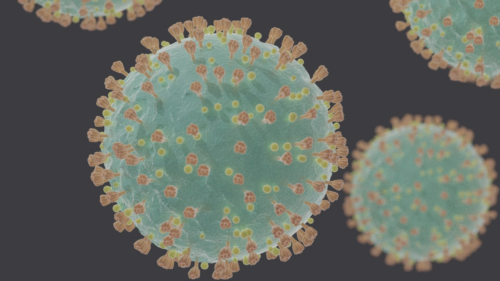Image Courtesy of Wikimedia Commons.
The emergence of the COVID-19 pandemic resurfaced the necessity for pathogenic surveillance––that is, the detection of emerging and unknown disease agents. One mechanism for uncovering these pathogens is genomic sequencing of patient nasal swabs, which identifies present viruses. Sequencing hundreds of samples, however, is expensive and inefficient. To solve this issue, a team of Yale researchers, including Ph.D. student Timothy Watkins in the Foxman lab, found that a single molecule involved in the body’s immune response to viral infection can be tested by clinicians, aiding in the prioritization of samples to be sent for further genomic analysis. This biomarker, CXCL10, is a chemokinea protein released during viral infection that signals for the recruitment of other immune cells.
Watkins and his colleagues tested for the presence of CXCL10 in patient nasal swabs and found an association between increased CXCL10 and previously-unknown viral infection. For one, in samples with undetected SARS-CoV-2, CXCL10 elevation was the differentiating factor between otherwise indistinguishable samples. Furthermore, CXCL10 is produced in large quantities, making it easily testable, and is a nonspecific signal of viral immune responses.
These results provide a means by which to increase the efficiency of surveilling threatening pathogens. “If someone exhibits symptoms of respiratory infection, CXCL10 may be high, but clinical tests may not pick up the virus infecting them […] You should do deeper sequencing to identify it, in case it’s something unusual or an emerging virus that isn’t regularly tested for,” Watkins said. In the short term, research efforts focus on further developing the clinical applicability of their techniques––developments that would allow for these methods to be used on a larger scale, with the hopes of detecting unknown viruses before they have the opportunity to cause the next pandemic.

